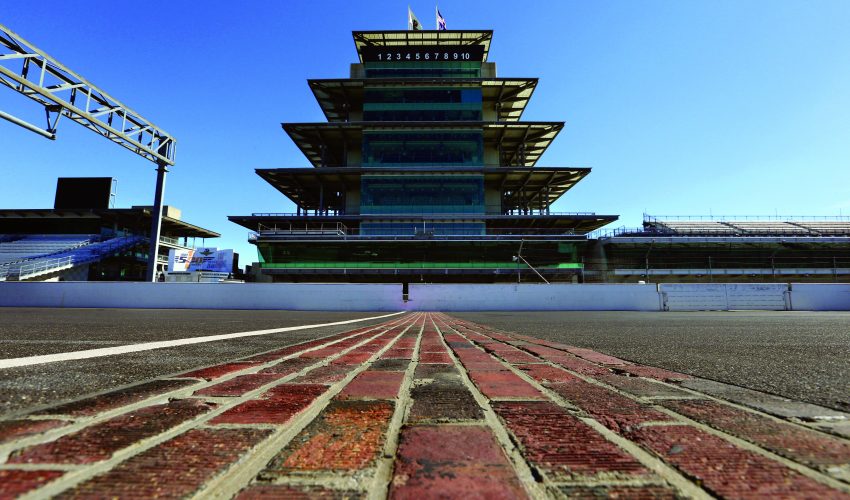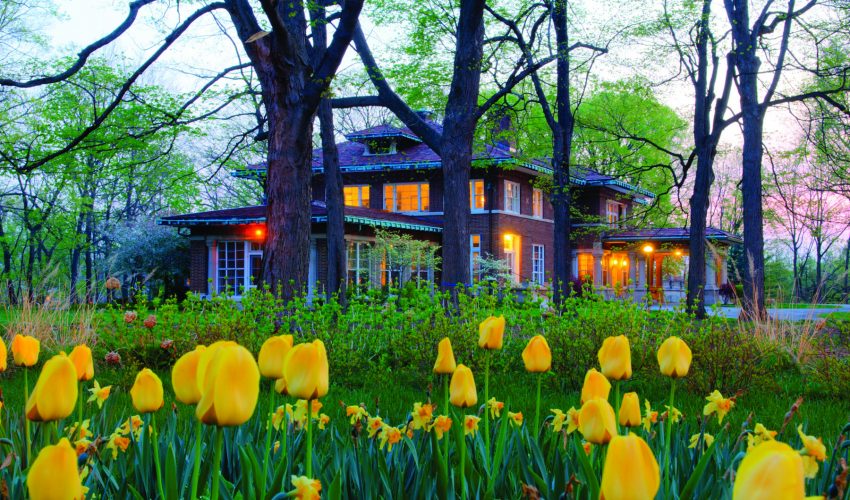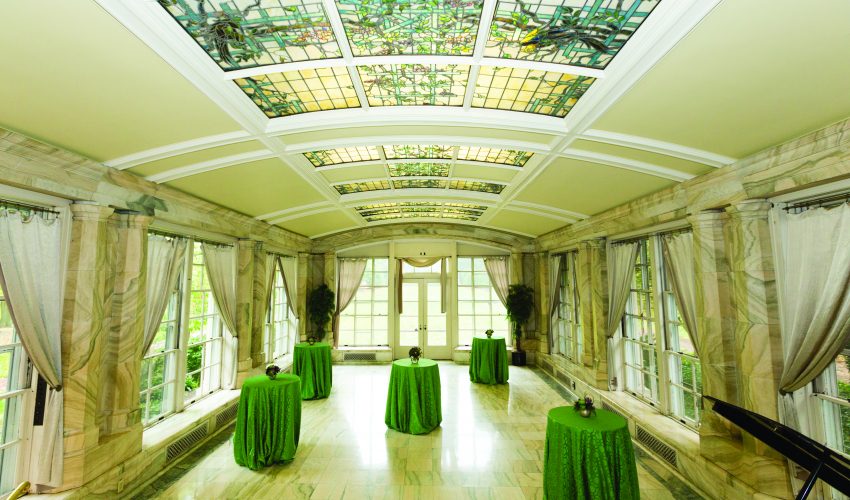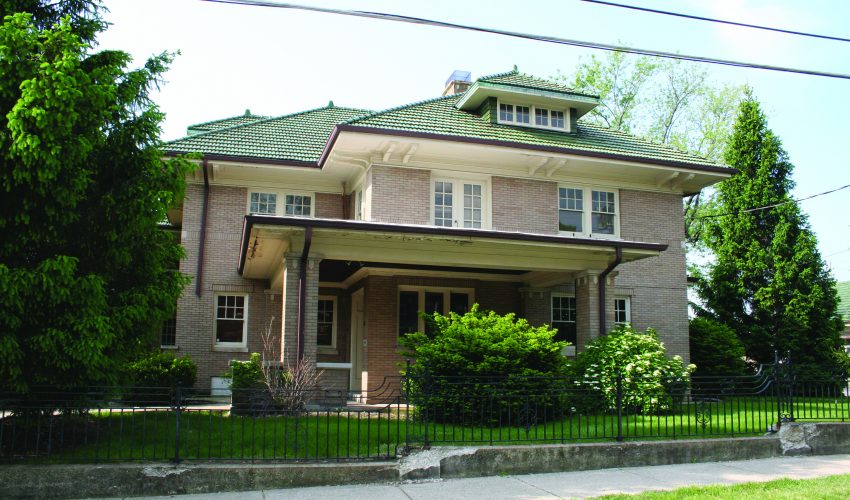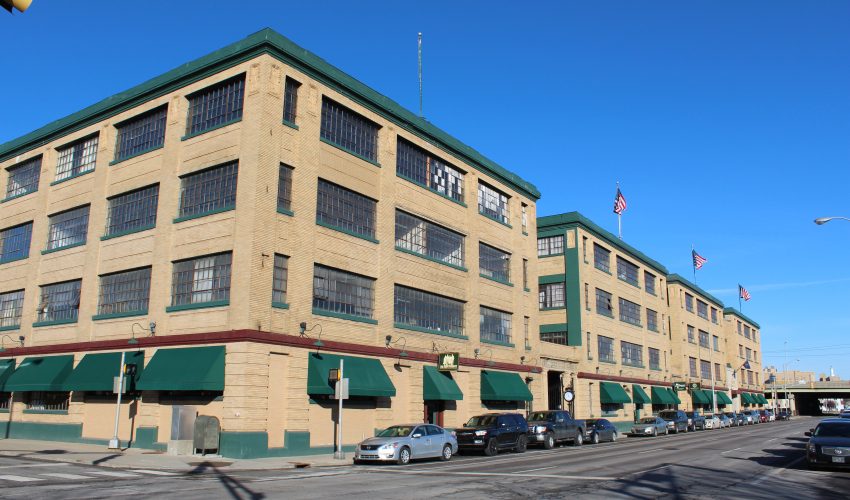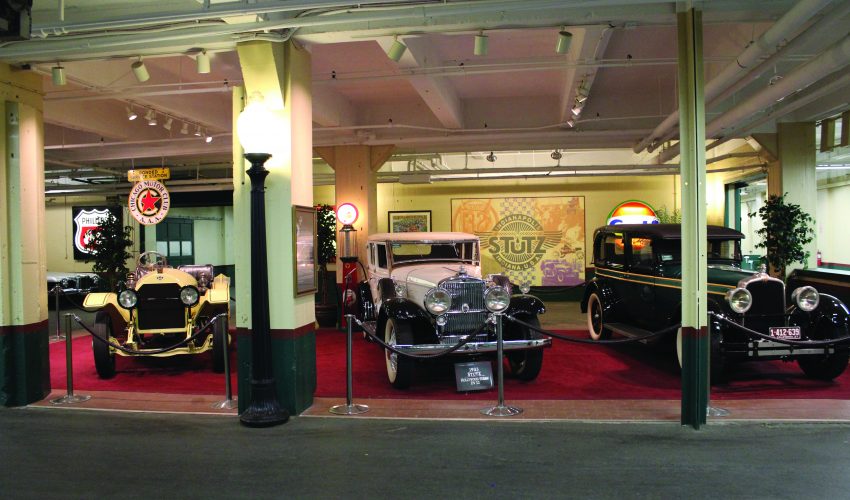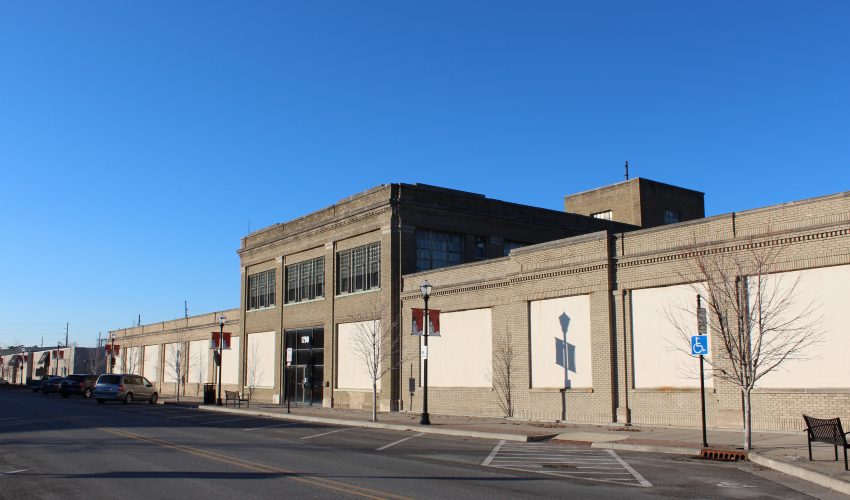NEWS
Legacy of Left Turns
Tell someone you’re from Indiana and you can expect to answer questions about basketball or the Indianapolis 500. The “Greatest Spectacle in Racing” puts the world spotlight on the Hoosier state every May. In honor of the 100th running of the famous race in 2016, we examine the origin of the National Historic Landmark track and less well-known places related to early racing history.
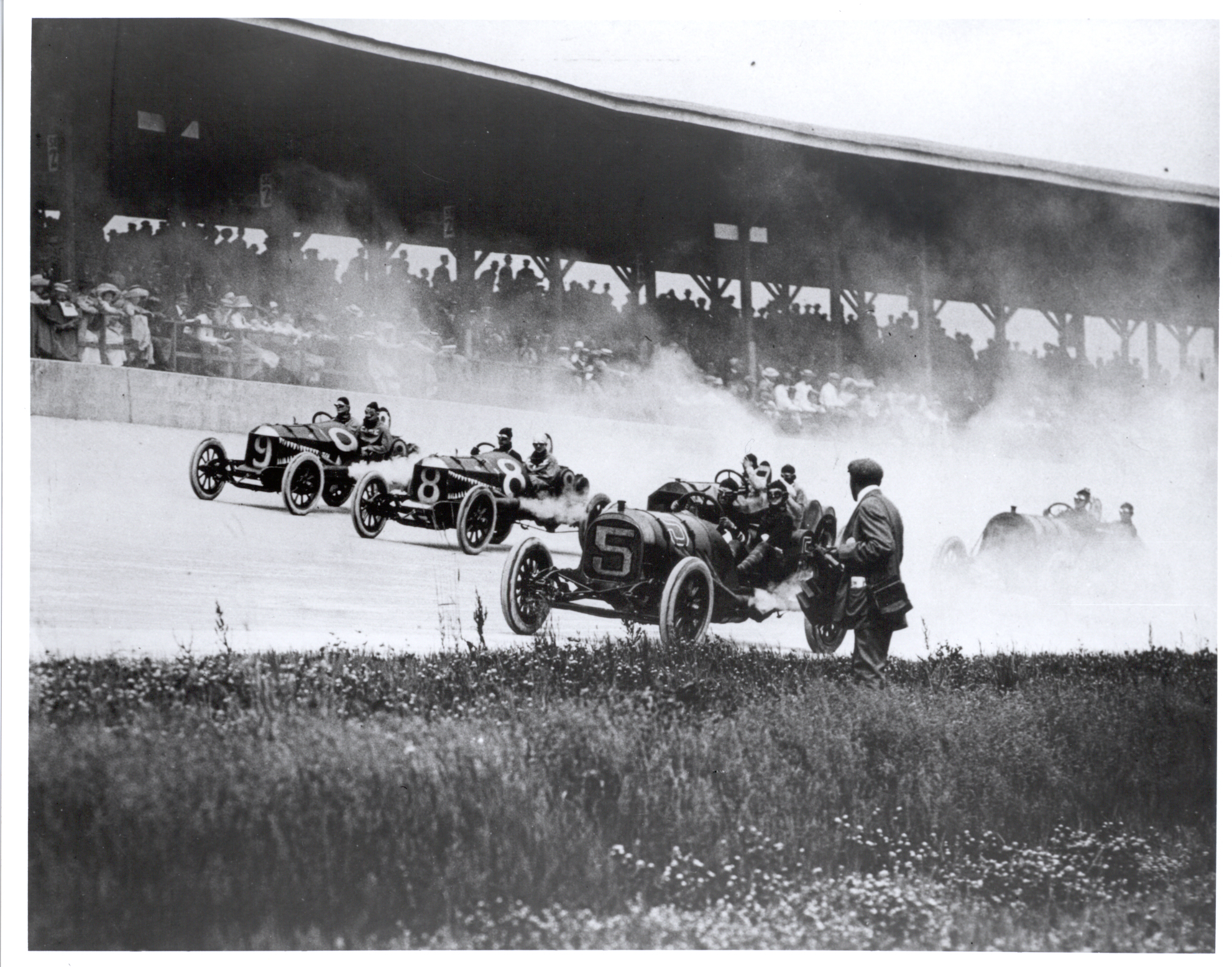
In the early twentieth century, the burgeoning automotive industry was still finding its way, often selling cars to consumers with technology considered experimental by today’s standards. Bicycle shop owner, stuntman, and all-around promoter Carl Fisher—reported to be one of Indianapolis’s first automobile owners—argued that automakers needed a track to test their inventions before selling them to the general public.
After a proposal to construct a track near French Lick fell through, Fisher recruited fellow automotive pioneers Arthur Newby, Frank Wheeler, and James Allison to purchase 320 acres of farmland west of the city to create the Indianapolis Motor Speedway. Made of crushed rock, limestone, and tar, the 2.5-mile oval began hosting automobile and motorcycle races in 1909, but continual maintenance— sometimes necessitating all-night repair sessions between races—convinced the founders to pave the surface. Beginning in September 1909, workers resurfaced the track with 3.2 million bricks. Flagging race attendance in 1910 convinced the founders that they needed one major attention-getting event to boost numbers, leading to the first 500-mile race on May 30, 1911.
With the exception of a few years during both World Wars, the Indianapolis 500 has run annually ever since. Most of the track was repaved with asphalt by 1938, and the remainder in 1961. Today, a 36-inch strip at the start/finish line is all that remains of the original brick surface. The track’s history and role in automotive innovation helped the Indianapolis Motor Speedway achieve National Historic Landmark status in 1987.
Fisher and Allison spurred development of the town of Speedway. The pair jointly owned the Prest-O-Lite Company, an early manufacturer of automobile headlights made with highly volatile compressed acetylene gas. After a series of explosions at their downtown factory in 1907 and 1908, Fisher and Allison moved Prest-O-Lite in 1912 to the less densely developed area across from the race track.
At 1200 West Main Street, near Prest-O-Lite, Allison built a machine shop in 1915 dedicated to improving race cars, and later to manufacturing aircraft engine parts. General Motors bought Allison’s company, known today as Allison Transmission, after his death. “The machine shop building, which is privately owned, is key to our history,” says Speedway Town Manager Ian Nicolini. “We hope to find a way to use it that is true to the legacy of Allison Plant One and Fisher and Allison’s vision for Speedway.”
The Cold Spring Road estates of Indianapolis Motor Speedway founders Fisher, Wheeler, and Allison were incorporated in the campus of Marian University. Marian’s admissions office is located in Hawkeye, Frank Wheeler’s 1912 estate. Riverdale, Allison’s estate, houses the president’s office and has venues that can be rented for weddings and special events.
Designed by architect Herbert Bass with a landscape by Jens Jensen, Riverdale dates to 1910. The mansion included the college’s library, offices, classrooms, and even housing in the ‘30s. Today, the lower level houses the Nina Mason Pulliam EcoLab offices, the base of operations for students and faculty exploring the remnants of the Jensen landscape. Nearby, Fisher enlarged a farmhouse to create Blossom Heath in 1909. The university used the building until it was destroyed by a fire in 2014.
Allison, Wheeler, Fisher and Newby also have “homes” in Indianapolis’s National Register-listed Crown Hill Cemetery, where we held a bike tour highlighting the automotive pioneers’ history in May.
After his Bearcat design, built in just five weeks, placed eleventh in the inaugural Indianapolis 500, engineer Harry Stutz parlayed his success into an advertising campaign, “The Car that Made Good in a Day,” for his Stutz Motor Car Company. He set up a factory in 1911 to build Bearcats at 10th and Capitol streets. Expanded twice, the factory stopped manufacturing cars in 1934. Former Indiana Landmarks board member Turner Woodard acquired the vacant complex in the ‘90s and turned it into the Stutz Business Center, a hub for small firms, including artists, technology startups, engineering, design, and advertising enterprises. The historic complex also includes Woodard’s vintage car collection, including several Stutz automobiles and a Stutz firetruck.
The Children’s Museum of Indianapolis owns Harry Stutz’s home at 32nd and Meridian streets. The heritage and location appeal to the Mapleton-Fall Creek Development Corp., which won a grant from Indiana Landmarks and our Indiana Automotive affinity group to investigate the cost to renovate the 1919 house for its office.
Indiana Automotive hunts for landmarks with an automotive connection to celebrate and preserve, in addition to hosting annual tours and talks related to automotive heritage. Learn more: indianalandmarks.org/indiana-automotive.
Stay up to date on the latest news, stories, and events from Indiana Landmarks, around the state or in your area.

